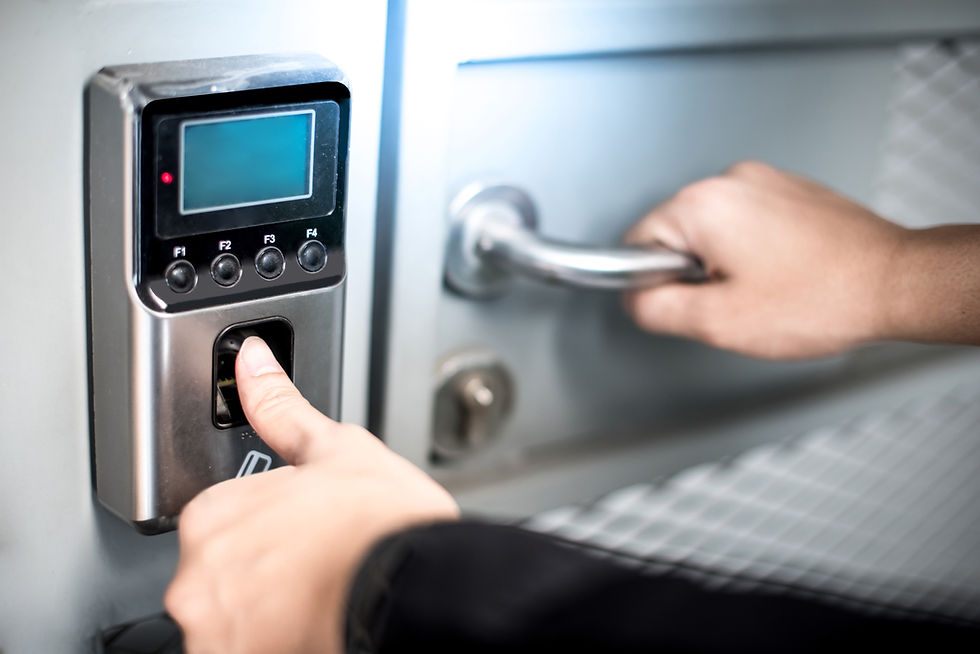How does facial recognition work?
- Maximage Data Systems

- Jun 17, 2022
- 2 min read

We are all unique and unrepeatable beings, and therefore we have physical traits that are not found in any other human being. We may have similar, but not identical, characteristics, and that is why facial recognition is one of the #biometrics that is gaining greater demand and importance.
A few years ago, talking about devices that would identify the #face to allow or block certain actions seemed like a futuristic movie theme or a technology that could only be possessed by high-security institutions in governments, such as the FBI or the Pentagon in the United States. United States of America. But thanks to the accelerated evolution of technology, today anyone can have a device that performs facial recognition, as many smartphones already use it, to unlock the same devices.
Although facial recognition emerged in the 60's, when the American mathematician #WoodrowWilsonBledsoe developed a system to classify photographs of faces through a RAND tablet. His tool allowed him to recreate facial features by means of coordinates with the help of a pencil, which transmitted electromagnetic impulses to a grid. This is how this mathematician, considered the forerunner of facial recognition, was able to digitize the facial features of people for the first time: eyes, nose, ears and mouth, storing them in a #database.
BThe #technology was advancing until it emerged in the 90's, #facialBiometry which has many advantages since it works with dynamic and unique mathematical patterns for each person, which can even recreate the aging and/or youth of a person through these patterns.
Depending on how simple or sophisticated the devices where facial recognition is used, it generally works through the following steps:
1. Face Image Capture
2. Facial analysis (alignment based on geometric structures)
3. Definition of the biometric pattern, obtaining a facial impression.
4. Comparison of pattern vs. patterns stored in databases
Currently, thanks to #artificialIntelligence and neural networks, #facial recognition has become one of the most robust and accurate biometrics for the authentication of people, and is used either to unlock devices, or for the #security of nations in recognition. of passports.





Comments